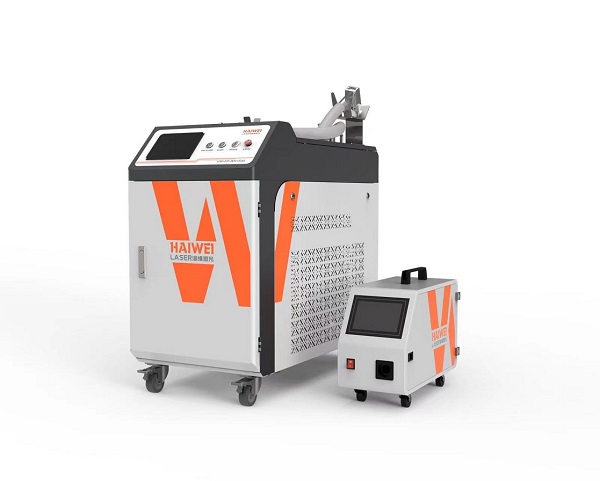Step-by-Step Guide to Laser Welding Machine Fault Diagnosis
When a laser welding machine fails to perform as expected, it can lead to costly production delays and quality issues. Understanding the proper fault diagnosis process not only minimizes downtime but also helps maintain consistent weld quality. Here's a structured approach for identifying and resolving common issues.

1. Check Power Supply and Cooling System
Before diving into complex diagnostics, verify that the power supply is stable and within the required voltage range. Also, inspect the cooling system—ensure the chiller is functioning properly and water flow is unobstructed. Overheating due to poor cooling is a frequent cause of performance drop or automatic shutdown.
2. Confirm Laser Output Stability
Use the built-in diagnostic tools or an external laser power meter to measure actual output power. A significant deviation from the set value may indicate aging optics, misaligned beam path, or laser source degradation. Regular calibration helps maintain accuracy and prolongs system life.
3. Inspect Optical Components
Dirty or damaged lenses and mirrors can severely impact weld quality. Visually examine the protective window, focusing lens, and reflectors for contamination or wear. Clean them using recommended procedures or replace if necessary.
4. Evaluate Motion and Positioning Systems
Precision welding relies on accurate movement. If weld positions are inconsistent, check the gantry, linear guides, and servo motors for mechanical wear or backlash. Recalibrate the positioning system if needed to restore repeatability.
5. Review Control Software and Communication
Software glitches or communication errors between the control system and laser source can cause erratic behavior. Ensure firmware and software versions are up to date. Monitor error logs for recurring codes that point to specific subsystem failures.
6. Analyze Weld Quality in Real-Time
Modern laser welding machines often include real-time monitoring features such as seam tracking or plasma detection. Use these tools to identify instability during the welding process, which may point to gas shielding issues, material inconsistency, or parameter mismatch.
Effective fault diagnosis for a laser welding machine requires a systematic approach, starting with basic checks before moving to advanced diagnostics. Operators should be trained to recognize early signs of failure and understand how each component affects overall performance. For persistent issues, consult technical support from your equipment provider to avoid incorrect repairs that could compromise safety or system integrity. Proper maintenance and timely troubleshooting ensure long-term reliability and productivity in industrial laser welding applications.
Recent Posts
- What are the advantages of laser welding machines in lithium battery pack production lines?
- What issues should be noted when choosing a lithium battery pack production line?
- Quality Inspection and Control of Lithium Battery Module Pack Production Line
- Cell grouping and sorting process in lithium battery module pack production line
- What are the safety hazards of lithium battery pack production lines and how can they be prevented?
INQUIRY

